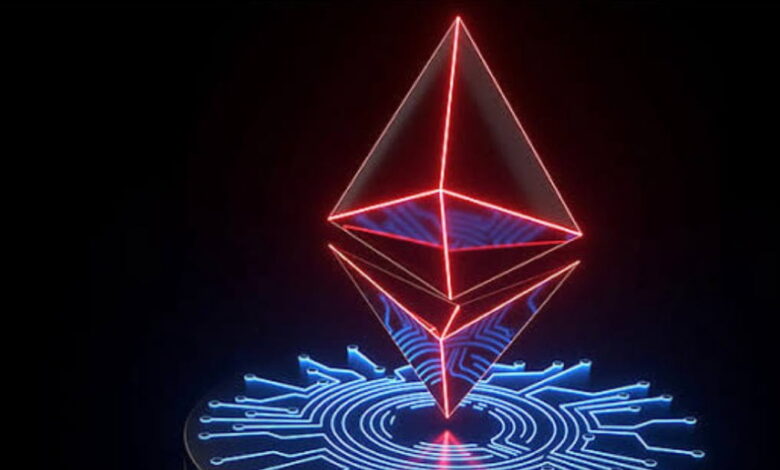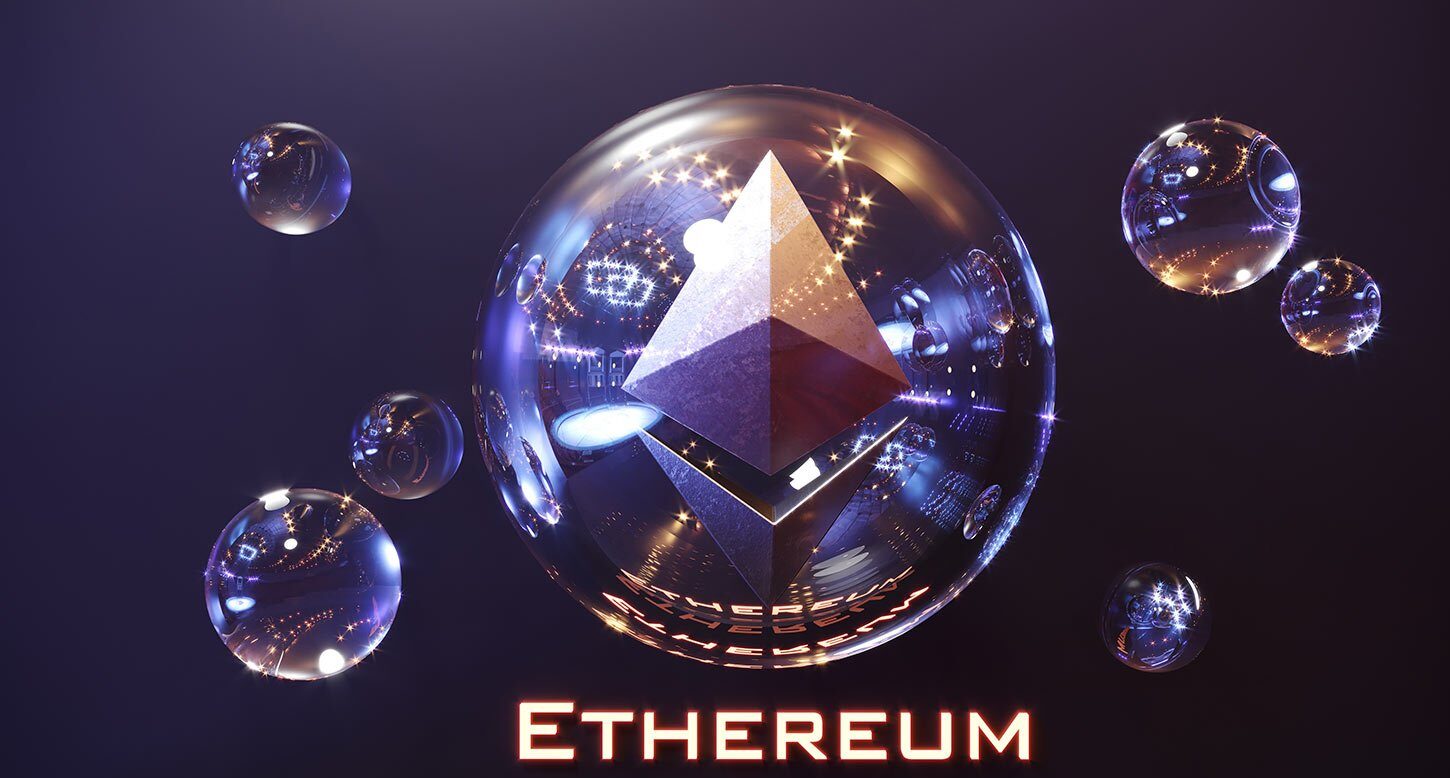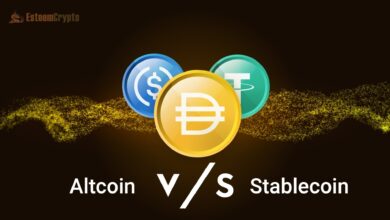Ethereum’s Role in Solving AI’s Black Box Problem

Ethereum and AI transparency will gain popularity in 2025 due to their ability to alter coins and solve AI problems. AI systems have long struggled with the “black box” problem, where AI models’ decision-making is opaque and difficult to understand. Ethereum is a viable candidate since its blockchain technology can solve this problem. Ethereum remains at the top of the Altcoin Markets due to its growth, innovation, and technological and financial advantages.
AI Decision Transparency
The “black box problem” in artificial intelligence is understanding how intensive learning models make decisions. Complex artificial intelligence algorithms run through neural networks without clear output explanations. Even if AI decisions in law, banking, and healthcare are accurate, these models lack the openness humans need to trust them. The inability to defend artificial intelligence results presents ethical concerns, especially in sectors like disease diagnosis and life-threatening legal decisions.

Because of its complexity, developers, policymakers, and the public struggle to understand how an artificial intelligence system works. Artificial intelligence’s “black box” nature has prompted calls for greater transparency and accountability. AI debugging, bias correction, and ethical verification are challenging without clear explanations.
Ethereum Empowers Transparency
Ethereum, a distributed blockchain platform recognised for its robust smart contract capabilities, provides an innovative solution to the AI black box issue. Designed by nature, blockchain technology guarantees immutability and openness so that every activity and transaction is noted on a public ledger. This is a significant advantage in comprehending and confirming the choices made by artificial intelligence systems.
Ethereum’s blockchain allows for the tracking and checking data inputs and outputs, providing insight into how artificial intelligence algorithms operate and make decisions. Blockchain’s transparency guarantees that all operations are documentable and verifiable; therefore, AI algorithms implemented on Ethereum would have an unambiguous, traceable record of actions that anyone may review. Developing confidence in artificial intelligence systems depends on an environment of responsibility created by this.
Furthermore, Ethereum’s smart contracts—self-executing agreements with the agreement’s contents directly put into code—leave control of AI models to transparent, auditable, tamper-proof policies. These smart contracts ensure that artificial intelligence systems operate within predetermined boundaries and are verifiable against established standards. Should artificial intelligence conclusions stray from the norms, the blockchain offers an unchangeable chronicle of the decision-making process.
Decentralised Explainable AI
Explainable AI (XAI) is a branch of AI research focusing on making AI systems more interpretable and understandable to humans. The goal is to reduce the complexity of AI models and provide users with insight into how decisions are made. Ethereum and decentralised architecture are a natural complement to the principles of XAI. With Ethereum, offering more transparency and understandable explanations for decisions is possible.
The decentralized nature of Ethereum ensures that no single entity controls or manipulates the explanations provided by the AI system. This feature addresses a key concern in traditional centralised AI models, where the explanations may be biased or selectively presented to favour particular interests. Ethereum allows for greater trust in AI’s decision-making process by making it auditable by anyone, reducing the potential for manipulation or obfuscation.
Ethereum Powers Innovation
Often regarded as the second most valuable digital asset after Bitcoin, Ethereum is a cryptocurrency. Ethereum’s cryptocurrency provides a spectrum of distributed apps (dApps) and initiatives, driving money in the altcoin market. Among many other creative blockchain projects, non-fungible tokens (NFTS) and distributed finance (DeFi), the Ethereum network now forms the backbone of these systems.
Ethereum’s ongoing performance and expanding market have positioned it as a flexible platform for companies, investors, and developers. Smart contracts allow distributed app development, resulting in a boom in Ethereum blockchain projects for AI and machine learning. Ethereum’s size and versatility make it a strong contender for addressing the AI black box issue and providing ethical and transparent AI systems.
Institutional Ethereum Adoption
The institutional adoption of Ethereum further strengthens its position as a leader in the blockchain space. Major financial institutions, including banks and asset managers, increasingly adopt Ethereum and its associated technologies. Ethereum’s ability to facilitate transparent and decentralized applications has made it a popular choice among major financial institutions. It is an attractive platform for industries leveraging blockchain for secure, immutable records and transactions.

Ethereum’s rise in institutional adoption is particularly evident in sectors where transparency and accountability are paramount. The evidence suggests that Ethereum’s role in development will only grow stronger. As AI technology becomes more integrated into various industries, Ethereum is well-positioned to provide the infrastructure needed to ensure that AI is accountable and verifiable.
Final thoughts
Ethereum’s ability to tackle artificial intelligence’s opaque nature sets it apart from other altcoins. Ethereum offers a system that guarantees more intelligible and responsible AI decision-making using blockchain transparency, immutability, and decentralization. Ethereum’s involvement in the AI ecosystem will probably grow as it develops and gains institutional support. It is helping to tackle some of the most urgent problems in artificial intelligence. It is establishing itself as a prominent player in the altcoin market.




